
West Bank Bedouins face eviction
Published date: 13 November 2014 13:21 GMT
|
Last update: 10 years ago
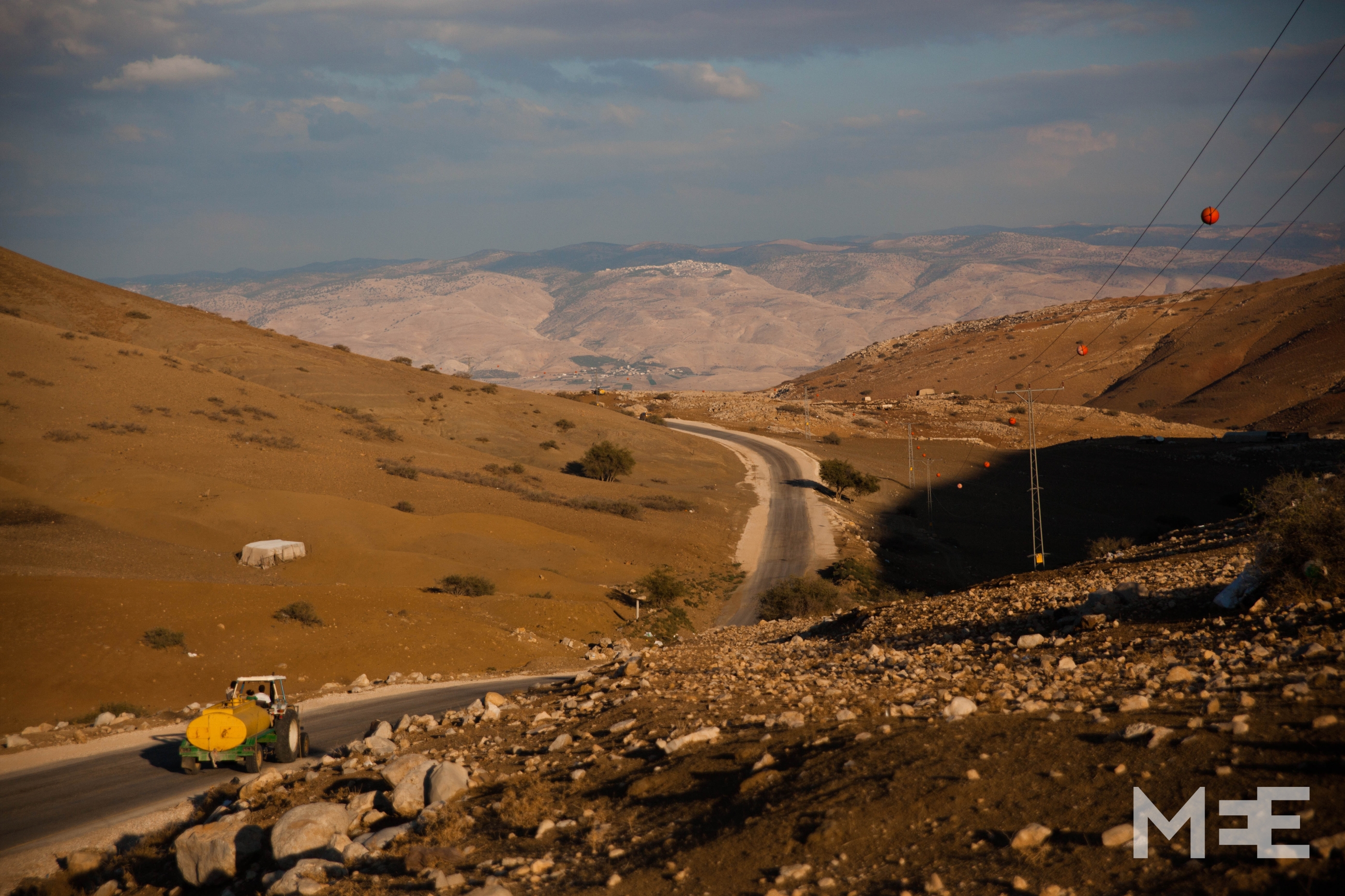
The Tubas region is home to some 600 Bedouin families (MEE/Seth Herald)
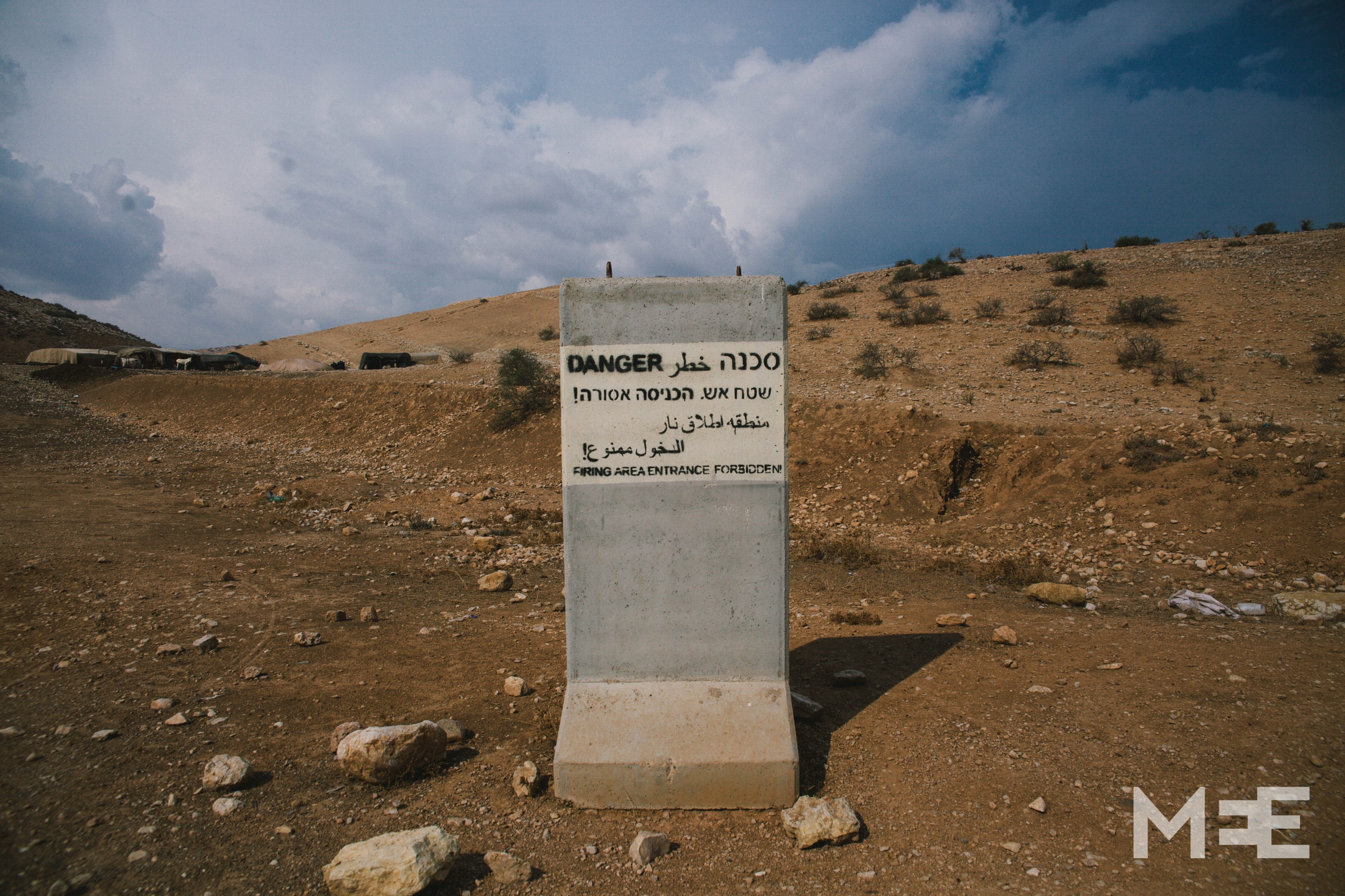
Sign in English, Hebrew and Arabic warns passersby to avoid the military firing range (MEE/Seth Herald)

60 percent of the area's residents are thought to be children (MEE/Seth Herald)
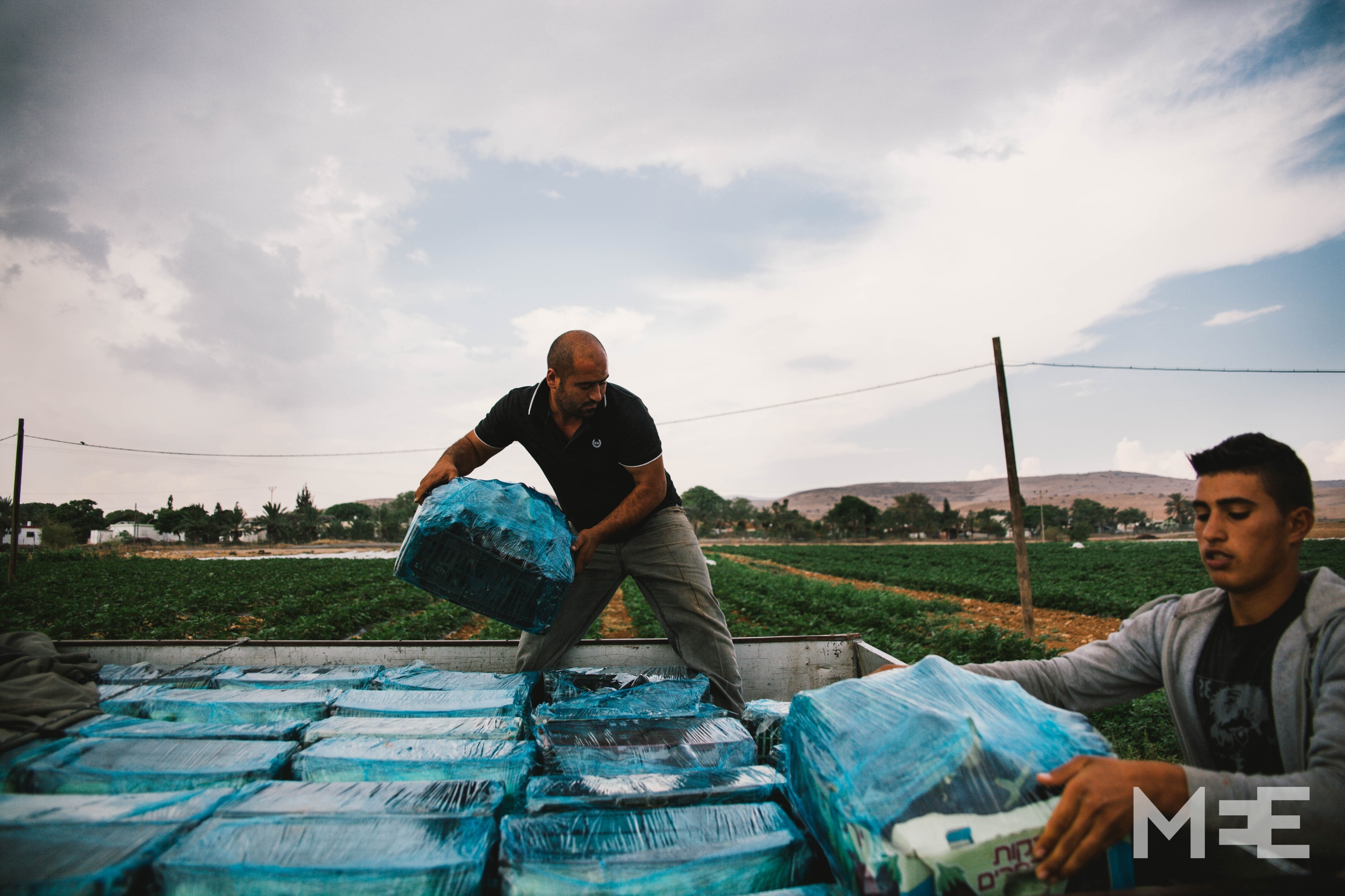
The area is known for its production of aubergines (MEE/Seth Herald)

The Jordan Valley has been cultivated for around 10,000 years (MEE/Seth Herald)
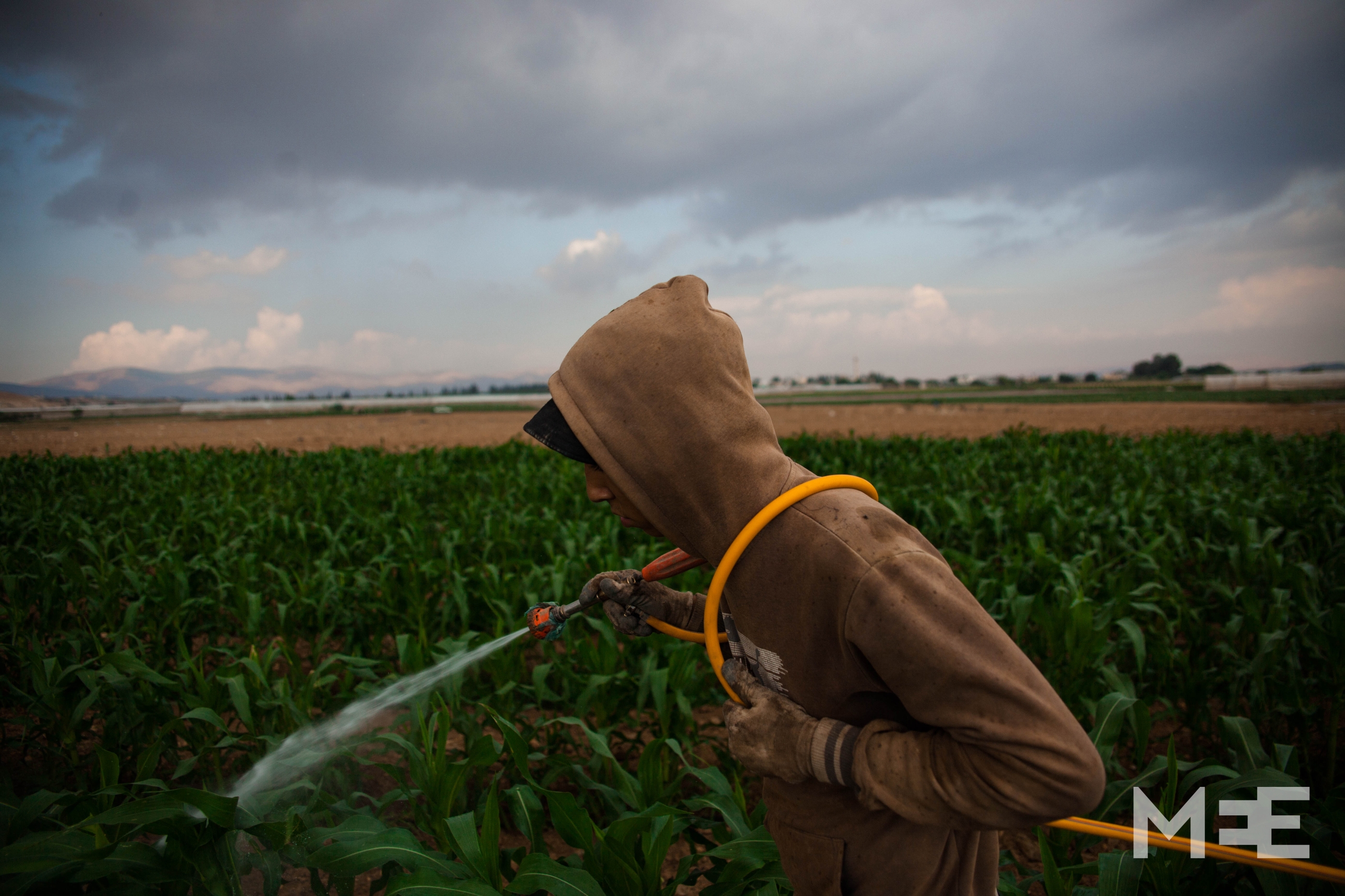
The area can produce vegetables all year round, but farms are sometimes attacked by settlers (MEE/Seth Herald)
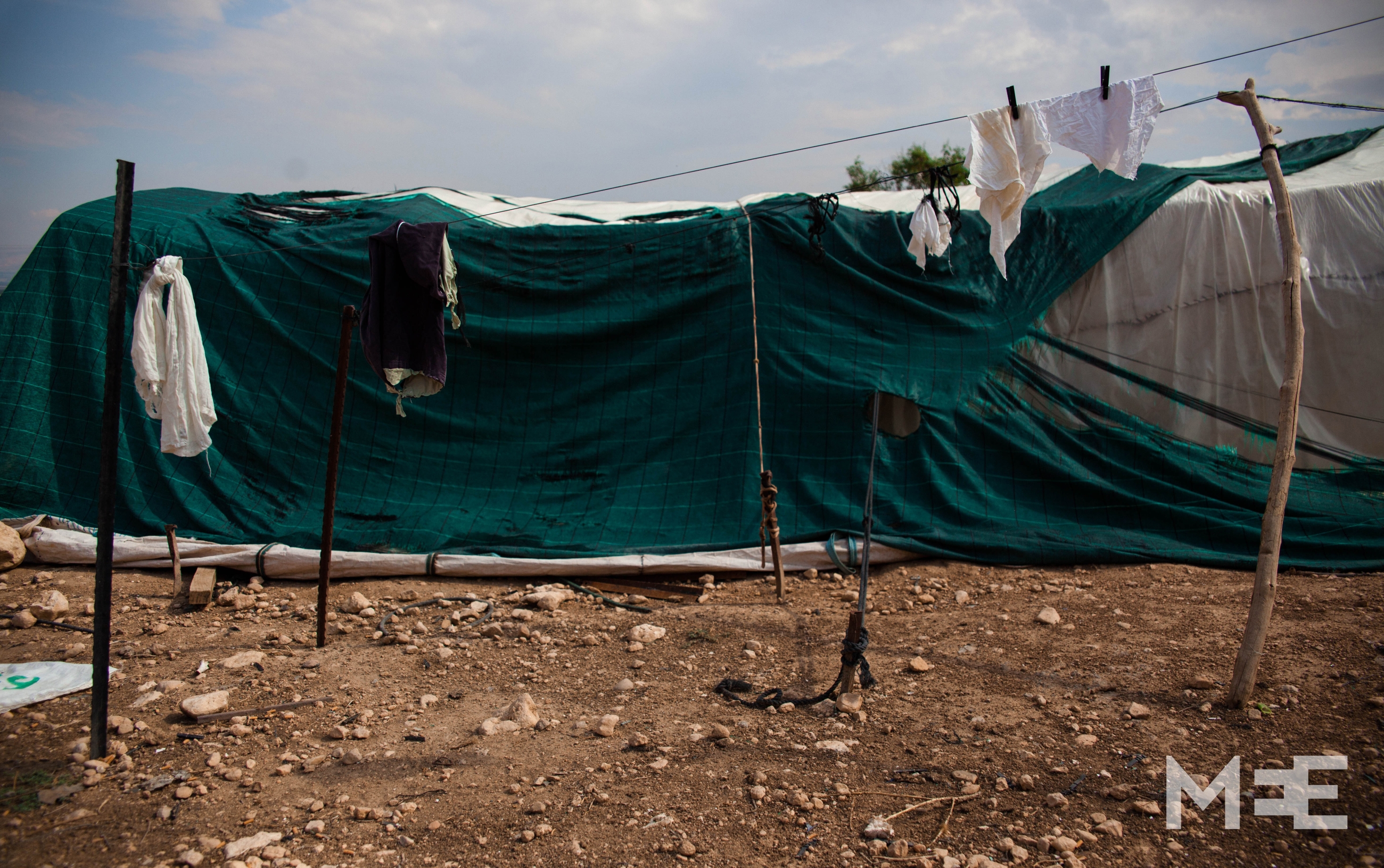
Poverty rates for Palestinians in the Jordan Valley are nearly double those of the West Bank (MEE/Seth Herald)

Most Bedouin are nomadic, and live in temporary settlements (MEE/Seth Herald)
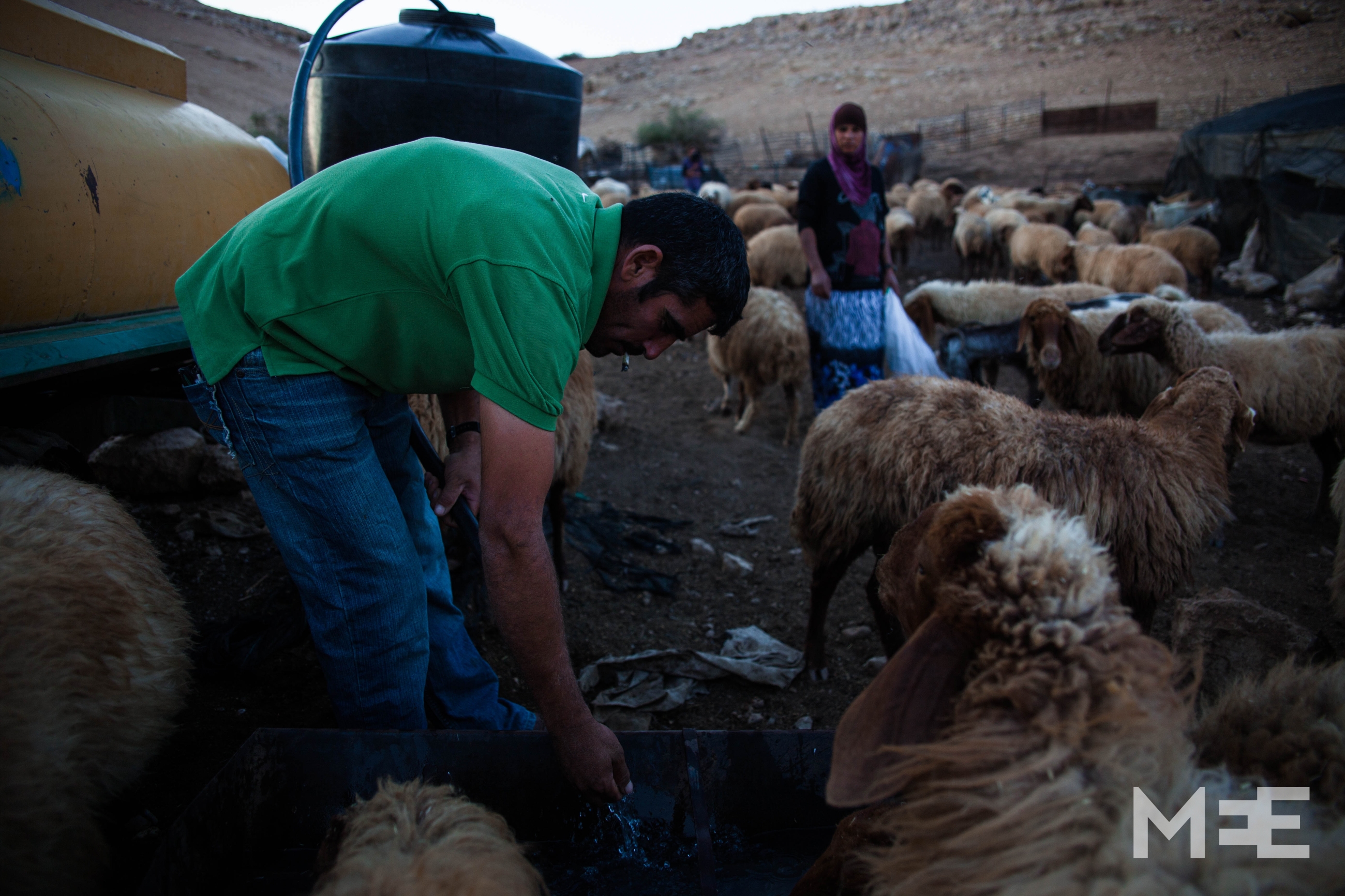
Many Bedouin in the area make their living as shepherds (MEE/Seth Herald)
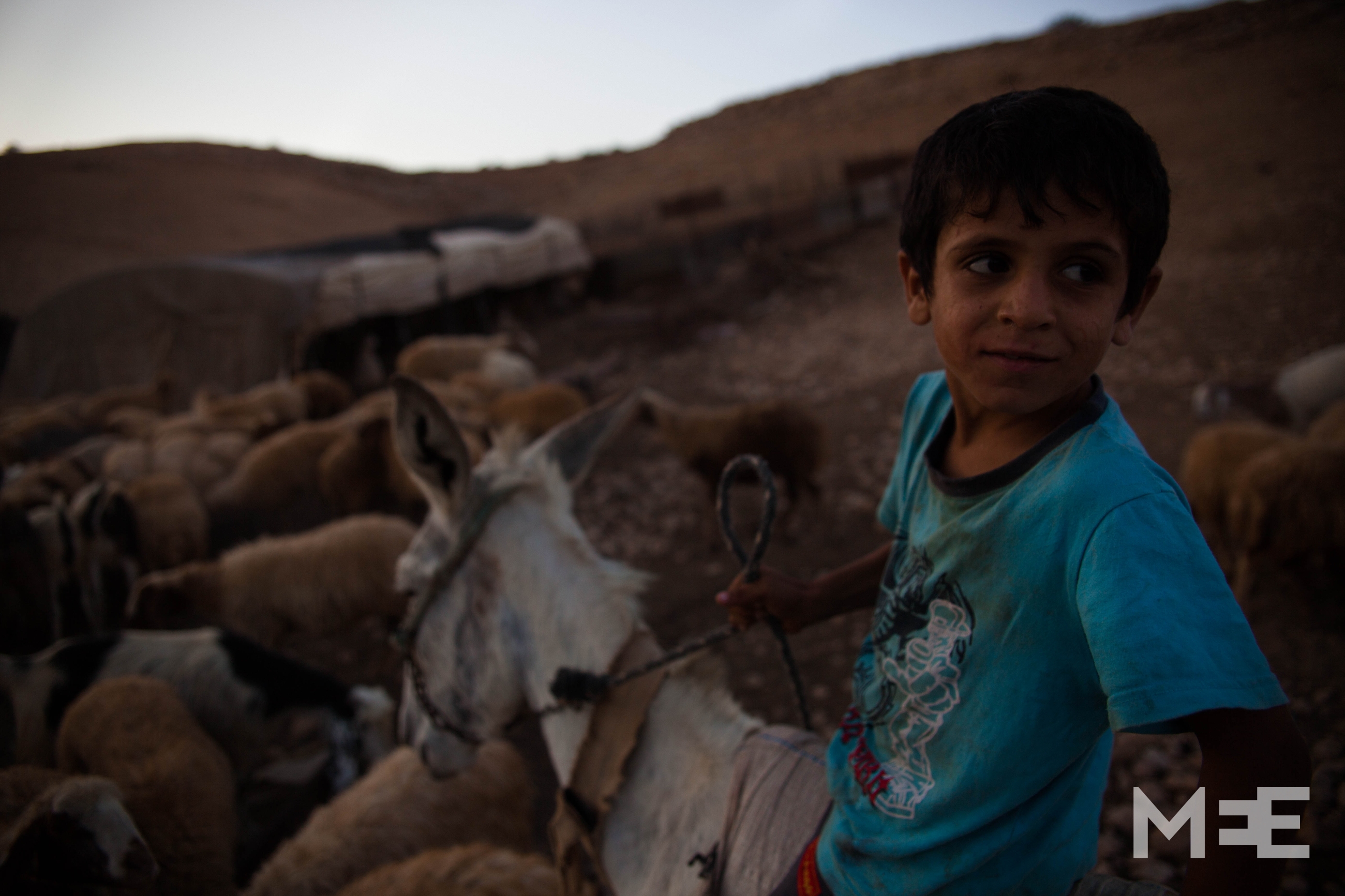
A young boy rides a donkey to herd sheep (MEE/Seth Herald)
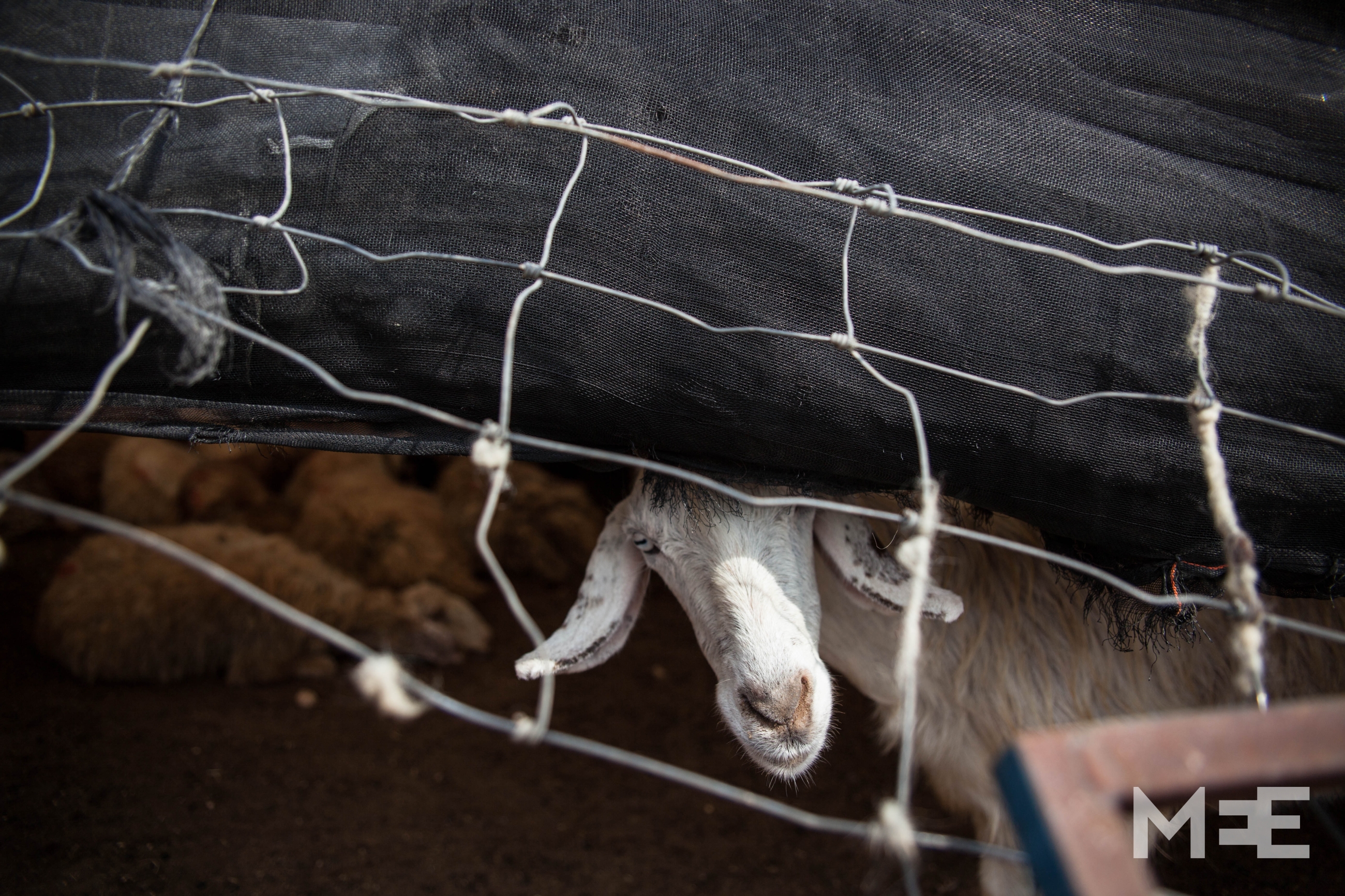
A sheep shelters from the fierce sun - temperatures can reach 52°C in the summer (MEE/Seth Herald)

A young boy washes his hands after tending to sheep - the Israeli Committee against House Demolitions alleges that Israeli settlements receive disproportionately large amounts of water (MEE/Seth Herald)

Bedouin families in the Jordan Valley have faced a sharp rise in the frequency of home demolitions in 2014 (MEE/Seth Herald)
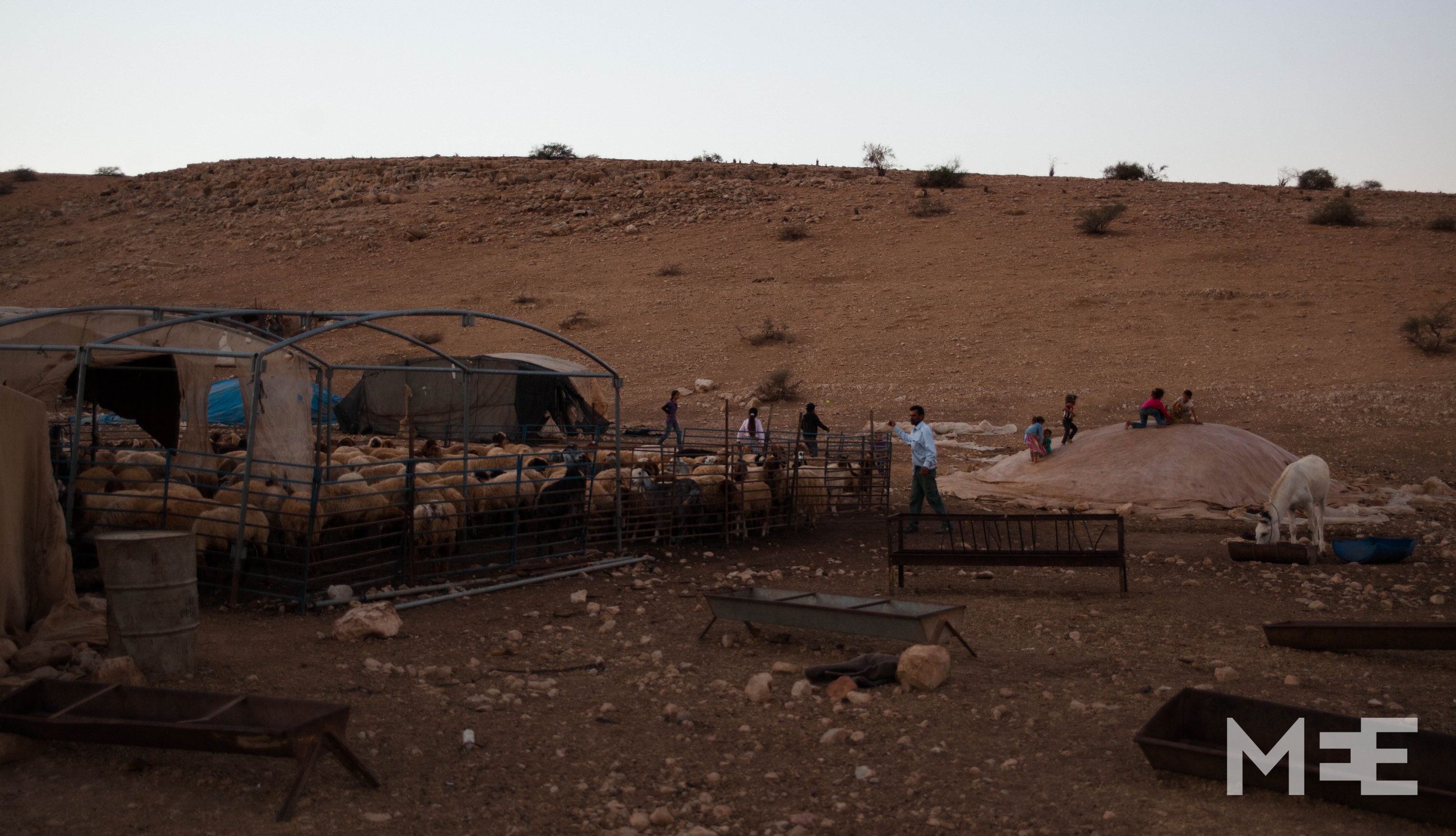
Though the landscape of the Jordan Valley appears arid, fertile soil makes it ripe for cultivating vegetables and livestock (MEE/Seth Herald)
Middle East Eye delivers independent and unrivalled coverage and analysis of the Middle East, North Africa and beyond. To learn more about republishing this content and the associated fees, please fill out this form. More about MEE can be found here.

